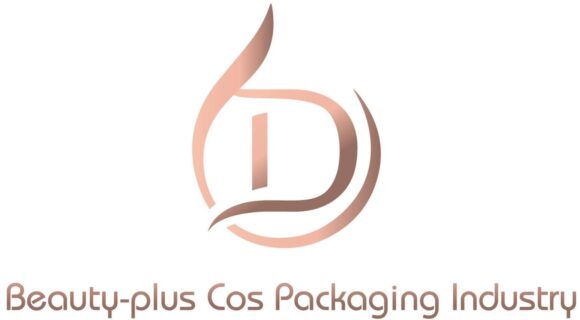
If you’ve ever held a toner bottle, serum jar, or facial mist spray, chances are it was made of PET1.
PET (Polyethylene Terephthalate) is not just the most commonly used plastic in beverage bottles—it's also the king of cosmetic packaging. But what exactly makes this material so popular?
Let’s break it down from the perspective of performance, sustainability, and practicality.
What Is PET?
PET is a thermoplastic polymer belonging to the polyester family. It’s known for its crystal-clear appearance, excellent barrier properties, and exceptional strength-to-weight ratio. It’s also part of a closed-loop recycling system, labeled as plastic #12.
Originally developed for food and beverage applications, PET is now FDA- and EU-approved for use in cosmetic packaging3. It is considered inert, meaning it won't react with most skincare or cosmetic formulations.
Why PET Is Widely Used in Cosmetics
Skincare and personal care brands around the world use PET for everything from facial cleansers to shampoos, thanks to a mix of cost efficiency, visual appeal, and performance.
Key Benefits:
- Clarity & Gloss: PET offers excellent transparency, allowing customers to see the product inside.
- Lightweight & Durable: It's strong enough to survive drops but light enough to reduce shipping costs.
- Barrier Properties: PET protects formulas from moisture and oxygen, extending shelf life4.
- Recyclability: It’s one of the easiest plastics to recycle globally.
- Versatility in Shape: It can be blow-molded into any shape—from slim sprayers to wide-mouth jars.
Common Uses of PET in Cosmetic Packaging
PET is found across nearly all product categories:
| Product Type | Example PET Packaging |
|---|---|
| Toners & Mists | Transparent spray bottles |
| Shampoos & Body Wash | Cylindrical pump bottles |
| Serums | Small dropper bottles |
| Hand Sanitizers | Travel-size squeeze tubes |
| Cleansing Oils | Amber-colored PET bottles |
If your product is water-based and non-corrosive, PET is likely your safest and most economical choice.
Limitations of PET
While PET is highly versatile, it’s not perfect for every formula or packaging style.
- Not Ideal for Oil-Rich or Acidic Formulas: PET may degrade over time with strong essential oils or alcohol-based solutions5.
- Scratches Easily: While it has good hardness, PET is prone to fine scratches over time.
- Limited Heat Resistance: PET may deform under high heat, so it’s not suitable for hot-fill products above 60°C.
In these cases, you may want to consider PP, PETG, or even glass alternatives.
How to Tell If a Bottle Is PET
You can usually identify PET packaging by:
- The resin identification code "1" inside the recycling triangle
- A smooth, glossy appearance
- A hard, rigid feel (not squeezable like PE)
- Its light weight and "glass-like" look
If in doubt, ask your supplier for a material specification sheet6.
PET vs Other Plastics
Here’s a quick comparison to help you decide:
| Material | Clarity | Chemical Resistance | Flexibility | Recyclable | Cost |
|---|---|---|---|---|---|
| PET | Excellent | Moderate | Low | Widely | $ |
| PETG | Excellent | High | Medium | Partial | $$ |
| PP | Fair | High | High | Widely | $ |
| PE | Opaque | High | High | Widely | $ |
| Glass | Excellent | Excellent | Rigid | Widely | $$$ |
Final Thoughts
If your brand is looking for packaging that delivers performance, clarity, and environmental responsibility at a low cost, PET7 is hard to beat.
It's trusted by global brands and compatible with most mainstream formulations. While it’s not perfect for everything, it’s certainly a packaging staple in the beauty world—and for good reason.
Curious how PET compares to its upgraded cousin? Check out our next article: Is PETG Better Than PET for Skincare Bottles?
-
PET is a lightweight, strong plastic commonly used in cosmetic bottles due to its clarity and durability. ↩
-
PET is labeled as plastic #1 in recycling systems and is widely accepted across global recycling programs. ↩
-
Regulatory bodies such as the FDA have approved PET for use in food and personal care packaging. ↩
-
PET provides excellent protection against moisture and oxygen, helping preserve product quality. ↩
-
Formulas with high alcohol or essential oil content may interact negatively with PET, reducing shelf life. ↩
-
Material data sheets offer detailed information about the physical and chemical properties of PET. ↩
-
PET is a sustainable packaging choice thanks to its recyclability and lightweight properties. ↩

